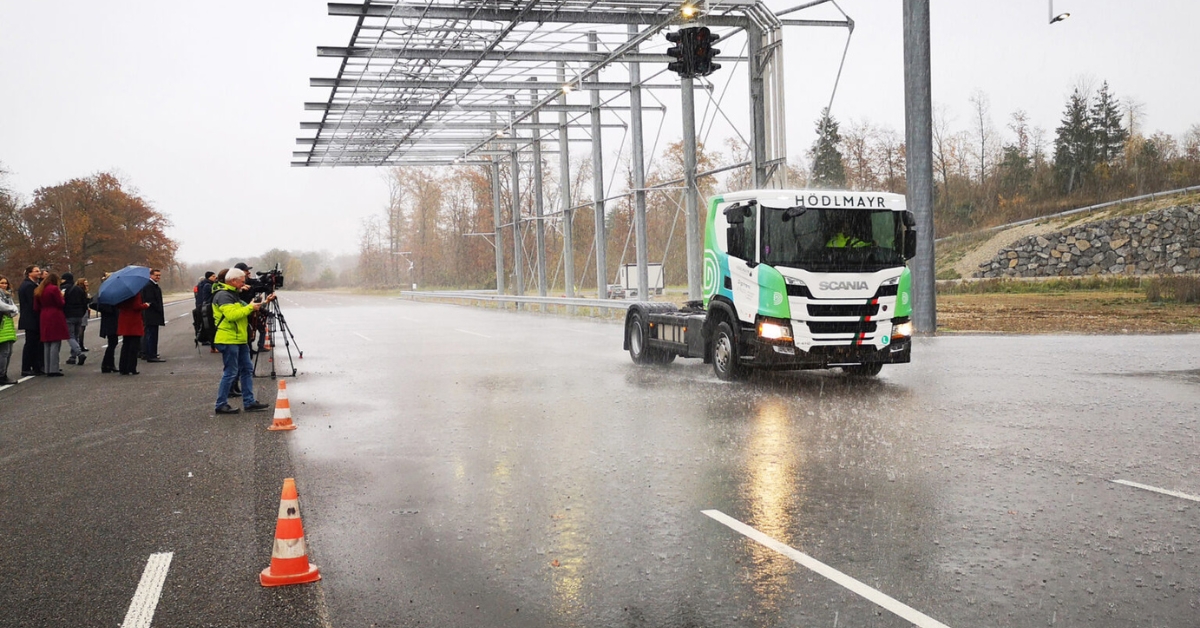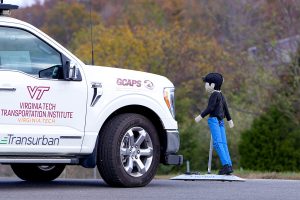ADAS sensor testing has reached a new milestone at the Digitrans proving ground with the introduction of the outdoor rain plant. This state-of-the-art facility, which became operational in late 2022, has allowed researchers to conduct tests on ADAS sensors in artificially reproduced rain. The project, named InVade (Integrated Vehicle-in-the-Loop for Automated Driving and E-mobility), is a collaborative effort between the Institute of Automotive Engineering at Graz University of Technology, KS Engineering, Magna Steyr, the Institute of Vehicle Safety at Graz University of Technology, and IPG Automotive.
The primary objective of these tests was to assess the performance of radar, lidar, and camera sensor technology under various weather conditions and precipitation intensities. In total, approximately 306 assessments were carried out, which included evaluations during both daylight and nighttime hours. The researchers also focused on analyzing the effectiveness of laser-based ground truth referencing in conjunction with the sensor technologies. The insights gained from these tests will be instrumental in developing virtual sensor models that can enhance simulation and test bench analysis.
The tests were conducted on three lanes simultaneously, utilizing four test vehicles. To ensure comprehensive coverage of ADAS sensor technology effects, the scenario selection included factors that could potentially trigger malfunctions, such as object separation and lane detection. Multiple test scenarios involved different cut-in maneuvers with several vehicles.
Furthermore, the researchers examined the ADAS sensors‘ ability to detect lane markings, taking into account variations in rain intensity and the quality of the lane markings. The measurement technology and equipment employed in the ego test vehicle included the Dewetron CAPS system for combined RTK-GPS and IMU measurement, a high-resolution lidar-based ground truth measurement system from Robosense, and various automotive ADAS sensors offering access to object lists and raw data. These ADAS sensors consisted of two Continental 3 series radar sensors (combining long- and short-range radar), two Continental 4 series radar sensors (combining long-range and short-range radar), a Robosense 16-beam laser scanner, a Mobileye video camera, and a Cohda MK-4 Car2Car communication system. A dSpace datalogger with a high recording rate was also utilized.
The initial ADAS sensor tests in artificial rain yielded valuable experiences and outputs. A total of 306 driving tests were conducted, with 278 of them being evaluable. These tests provided a significant amount of precise measurement data, forming the foundation for the development of sensor models. The Institute of Automotive Engineering at Graz University of Technology focuses on a phenomenological and data-driven modeling approach, emphasizing the need for abundant and accurate measurement data.
Moving forward, the researchers aim to evaluate the predictive capability of simulated sensor models. To accomplish this, they developed the DGT-SMV method at the Institute of Vehicle Technology at Graz University of Technology. This method allows for an exact re-simulation of the driving tests conducted in IPG CarMaker. By statistically comparing the measured data from the real and simulated sensors, the predictive capability of the sensor models can be assessed. This method will undergo further development as the InVade program progresses.
Dr. Arno Eichberger, head of the vehicle dynamics research area in the Institute of Automotive Engineering at the Graz University of Technology, expressed his enthusiasm for the unique capabilities provided by the outdoor sprinkler system at the Digitrans proving ground. This setup allows for systematic and reproducible testing of ADAS sensors in rain under real conditions, marking a significant advancement in the field.
The outdoor sprinkler system holds promise for various other applications related to sensor testing in rainy conditions. These include performance evaluations of environment awareness systems (lidar/radar/camera.







